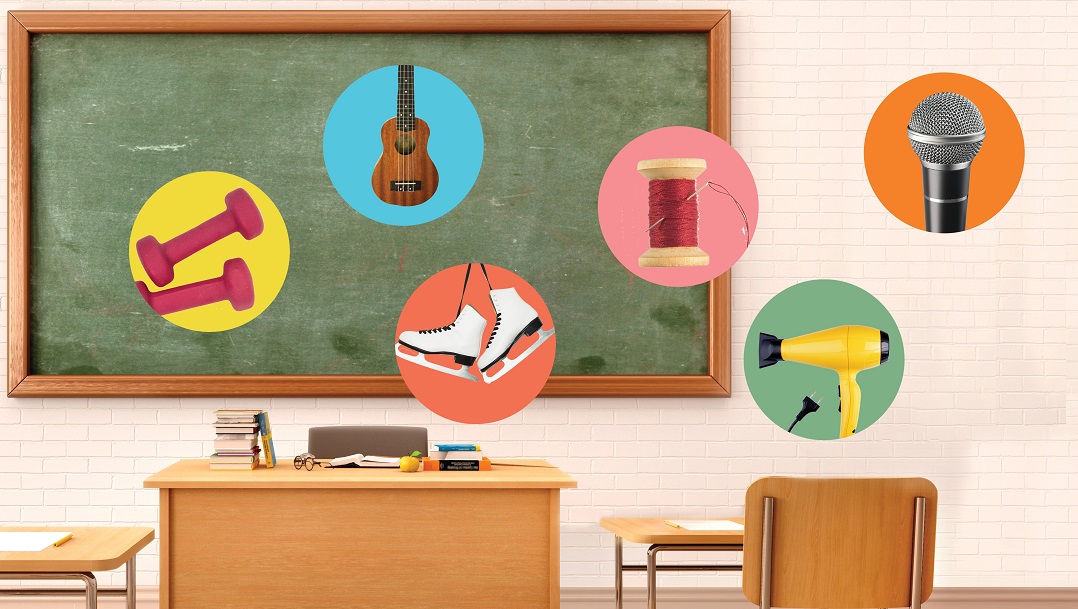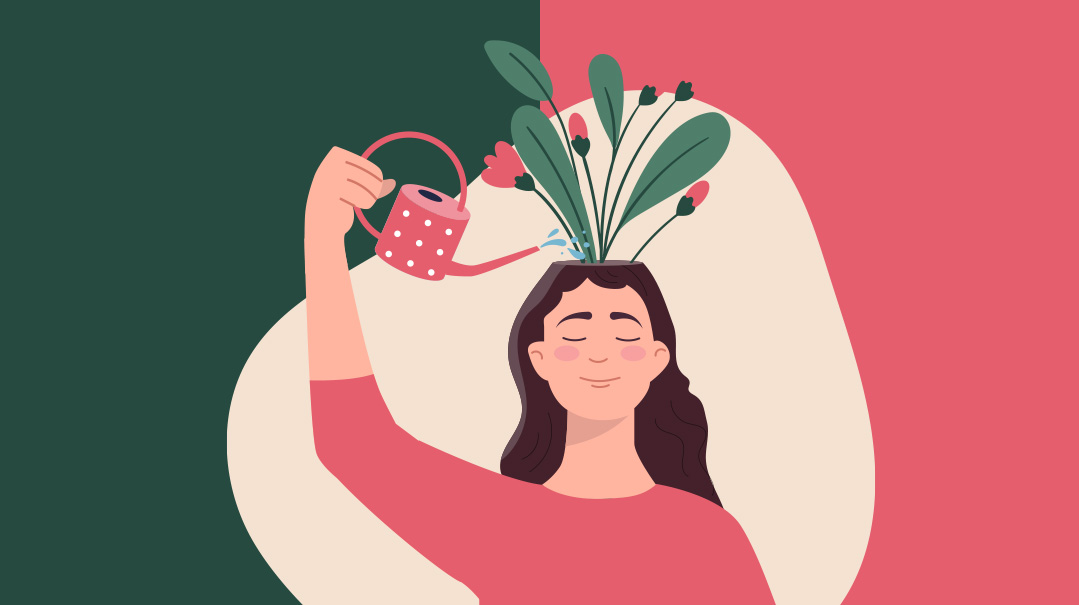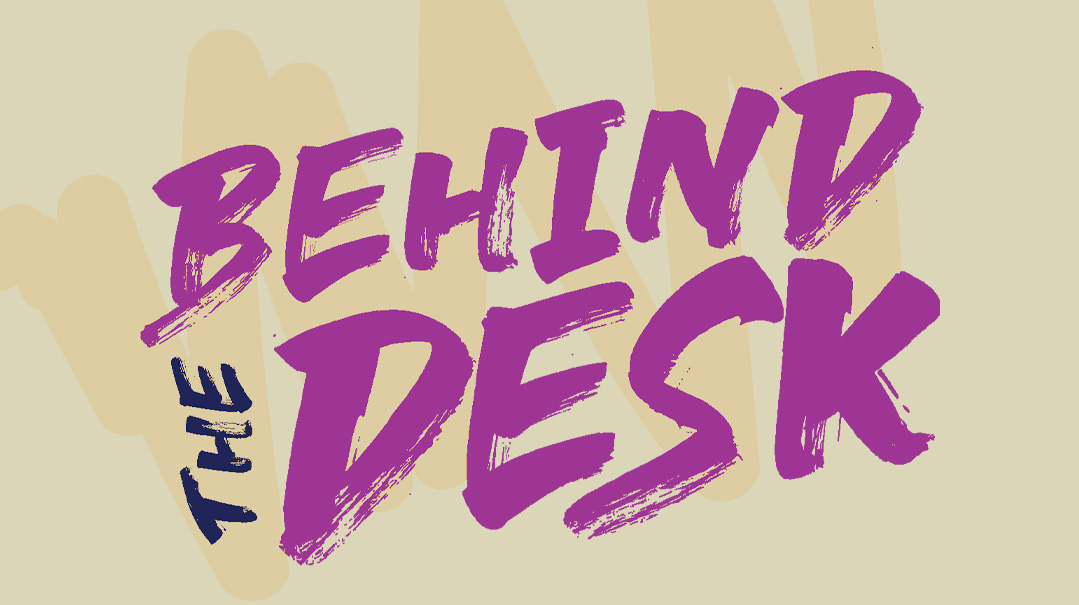Beyond the Classroom
| November 20, 2019Teens take learning in a different direction

A
s teenagers, many people dream of taking lessons of one sort or another, to learn a new skill or just to have plain old fun. I, too, had lots of hobbies as a teen and wanted to expand my knowledge base. I wanted to learn an instrument (that never happened), I wanted to learn ballet, but that never happened either. I ended up only doing the basic (boring) stuff like swimming lessons, chasunah dancing, and exercise classes. Although there are many people like me, who dream big dreams and they remain just that, dreams, there are some girls who make the effort to make their dreams come true. Taking interesting kinds of lessons and learning uncommon skills isn’t as uncommon as many of you might think!
“When I was younger, my older sister started ice skating and I went skating with her a few times,” Raizy Cohen of Toronto shares. “I really enjoyed it. In addition, I took dancing class when I was young. Two years ago, when I was in tenth grade, some of my friends suggested that we take figure skating lessons. I loved skating from the beginning and lessons were even better! Figure skating is generally considered graceful dancing on the ice. Nowadays it’s a lot more than that; we also do all types of ice dancing. Jumps and spins are some of the skills incorporated into the many steps we use on the ice.”
It is more typical to start figure skating lessons at a younger age but Raizy was a quick learner and also came in with plenty of dance experience from her high school years. “My friends eventually stopped taking the lessons but I enjoyed them so much that I continued without them. In my case the lessons aren’t a social outlet anyway. I take them because I get personal enjoyment.” And the benefits are many.
“I consider figure skating fun exercise, a real workout. It’s dancing with a twist because you can move even more on ice than on a gym floor. The coach plays a big part in the lessons, so it’s important to use someone you like and can learn from.”
Researchers have found that there are numerous benefits to engaging in extracurricular activities. Interestingly enough, extracurricular activities have even been found to improve academic performance. The positive feeling a person experiences after enjoying an extracurricular activity often carries over to schoolwork. Success breeds success! Extra activities can increase brain function, and help with time management, as well as stamina and endurance. In addition to exploring new interests, extracurricular activities can offer social opportunities out of school, increase self-esteem, and teach important life skills that can carry over into other areas in life. Sound worth the time and effort.
For seventeen-year-old Shelly Abraham of Los Angeles, her primary goal in taking kickboxing classes is the social aspect. Kickboxing is self-defense turned into exercise with steps including punching and kicking (the air, not people!). Shelly says she started kickboxing when she was looking for a fun way to work out with friends.
“I used to run for exercise, but I got bored of that after a while. Last year my friend told me about an all-women’s gym that offers kickboxing. So, I tried it and liked it. I try to go every day because there are different classes daily but realistically, I end up going three times a week. I usually do it after school or sometimes early in the morning before school.”
Esty Ravitz of Monsey describes the ukulele as, “similar to a guitar with four strings and creates sweeter music. I started taking lessons two years ago when I was in eighth grade.”
Why the ukulele?” I ask.
“My mother pretty much chose it for me because she likes the sound! I already knew how to play piano, so when I first started it was easier for me to learn the notes. My lessons are held once a week, every other week after school, year-round. For me the lessons are a lot of fun, so I don’t need a break. Though I sometimes take a break during the summer if I go away.”
“How long will you take lessons for?” I ask.
“The lessons pretty much allow me to go at my own pace. The more I learn, the more advanced learning I can still do. I could technically finish at some point, but right now I feel like I still have a lot to learn. I love it. I get a certain thrill when I finish a song. It really is a good way to let out stress. It is a good outlet at the end of a hard day at school.”
Thirteen-year-old Pessy Weintraub of Passaic concurs with Esty.
“When I go horseback riding, I feel relaxed and free,” Pessy enthuses. “I really look forward to my weekly lessons. I can run, trot, or jump with the horse. I can even figure out a horse’s personality when I ride it. I can see if it is kind, gentle, or stubborn by the way it trots. I’ve ridden many horses over the years. One horse I ride is named Clover. When she trots, she has a little beat to her step, so she’s really fun to ride. We get along very well. When I turn my body to the right, she feels my body moving and moves to the right on her own without me having to use my ring to pull her. The only way to ride well is to understand the horse. It is very similar to dealing with friends and people in general and it’s the key to interacting with them.”
“How old were you when you started riding?”
“I don’t remember exactly what age, but I was very little. I had a neighbor whose mother grew up in Texas. She wanted her daughter to ride horses. I started the lessons with her but eventually she dropped out and I continued. I now ride once a week, even in the winter, when I ride indoors.”
I had never even heard of pattern making before I spoke to Miriam P. of Beitar, Israel.
“I like sewing and I wanted to become more professional and know how to make whatever patterns I wanted to sew on my own. Pattern making allows me to make any style I want and to make it fit whoever I’m making it for,” Miriam explains.
“I started to learn how to sew when I was twelve. When I was sixteen, I took a six-month course crammed into three months. I actually found the course itself quite boring,” Miriam says. “I was used to sewing classes that are more exciting and busier, while pattern classes are much less interesting. You just sit with a paper and don’t do much else. It’s more like school — a lot of math and precise drawing and taking notes. At least I enjoyed the social aspect. I did the course with two friends my age and three older friends, too.”
I amazed at the creativity and dedication of these teens, even before I meet Gila.
Oops! We could not locate your form.












